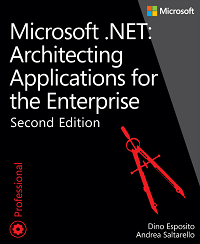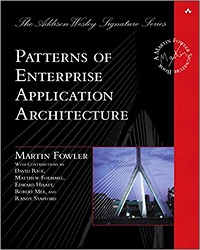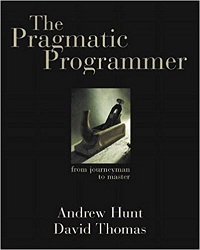(Прим. Оригинал статьи на http://dannorth.net/introducing-bdd. Дэн Норт — преподаватель agile методологий разработки. Разрабатывает ПО и учит этому около 20 лет. Создатель собственного агентства по консультированию и разработке ПО. Ввел понятие разработка через поведение (BDD). Опубликовал этот перевод на Хабре здесь.)
История: Эта статья впервые появилась в журнале Better Software в марте 2006. Она была переведена на несколько языков.
Однажды я столкнулся с проблемой. Обучая разработчиков практикам agile программирования, таким как TDD в различных проектах, я часто встречал непонимание и растерянность. Они хотели знать, где начать, что тестировать, а что не тестировать, как много тестировать за раз, как называть тесты и как понять, почему тесты падают.
Чем больше я пользовался TDD, тем больше я понимал, что не столько оттачиваю своё мастерство, достигая новых его вершин, сколько то, что это было движение в слепую. Я помню, как мне все чаще приходила мысль: “Эх, вот бы мне кто-нибудь сказал это раньше!”, чем мысль: “Отлично, дорога ясна”. Я решил, что нужно найти способ обучать TDD, показывающий, как верно работать с ним сразу и без ошибок.
И этот способ — это программирование через поведение. Оно выросло из выработанных agile практик и призвано сделать их доступнее и эффективнее для команд, незнакомых с ними. Со временем, BDD стало включать в себя agile анализ и автоматическое приемочное (прим. acceptance) тестирование.





